This Parisian neighborhood could be a blueprint for better American cities
Paris’s youngest neighborhood was built over the last two decades atop a former rail yard and a new station on the Paris Metro Line 14. Clichy-Batignolles, in the 17th arrondissement, is roughly split into thirds, with two developed areas hugging the massive, resplendent Martin Luther King Park. The quarter’s quiet, mostly car-free streets are fronted by stores, cafes, and schools. These businesses and institutions occupy the ground floors of apartment and office buildings designed in an astonishing array of shapes, materials and textures. Some structures are gently curved, others are sharply angular; some are covered in stucco, others in bamboo. Each unique building is narrow and daintily proportioned, its diverse neighbors near at hand. The neighborhood’s invisible attributes are just as impressive. Clichy-Batignolles’ 3,400 homes are 50% mixed-income social housing, 20% rent controlled, and 30% market rate condos. The buildings tap into a geothermal energy source for their heating needs, and solar panels for their electricity. Garbage and recycling are carried out via a system of pneumatic tubes. In the United States, we might use the term “transit-oriented development” to describe this neighborhood. But anyone remotely familiar with the types of places to which this term is typically applied would recognize it as a poor fit for Clichy-Batignolles. This place is categorically different from any contemporary urban development project in the U.S. It’s one of the finest examples of an emerging set of urban planning best practices percolating in Europe. You can call these neighborhoods ‘“ecodistricts.” [Photo: courtesy of the author] In a new book, Building for People, architect Michael Eliason introduces Americans to the principles behind this new urban development paradigm. He acknowledges the inadequacy of the term, “ecodistricts,” just like “transit-oriented development” before it, and the difficulty of communicating what these neighborhoods are really like to an American audience. “Much about modern urban development, and especially district-scale development, in other countries is a complete unknown to even practicing professionals on this side of the Atlantic,” Eliason writes in the book. “We have long lacked the syntax to even talk about many of these concepts.” [Photo: courtesy of the author] What is an ecodistrict, really? Eliason’s attempt to spread the word about this new vision for city-building is a logical next step from his advocacy of single-stair architecture, another hard-to-explain concept that has profound implications for the built environment. For years, Eliason has been telling anyone who will listen that single-stair buildings, rather than the dual-stairwell structures mandated by U.S. building codes, could make apartments cheaper, roomier, and homier. Now, the consciousness raising part of that mission has largely been accomplished. Eliason and a few other devoted advocates have convinced dozens of cities and states across the country to adopt new building codes that legalize this type of housing, most recently Los Angeles and Austin. Among a certain subset of policy nerds, “single-stair architecture” has become a household term. With his new book, Eliason is widening the aperture of his advocacy to encompass not only buildings, but neighborhoods. Ecodistricts like Clichy-Batignolles embody the urban design concepts that single-stair architecture makes possible, particularly when combined with car-free streets, generous green space, and economically diverse communities. [Photo: courtesy of the author] “I’ve always been fascinated by these larger scale developments that they’re building in China or Europe, and how they’re vastly different from the transit-oriented development we do in the U.S.,” Eliason tells Fast Company. “I’m trying to unlock some of the reasons why.” One way to understand an ecodistrict is as a 15-minute city built from the ground up, according to Carlos Moreno, an urban planner in Paris who helped theorize both concepts. Whereas 15-minute cities can describe traditional or modern neighborhoods, “when we evoke this notion of the ecodistrict, we’re talking about new urban developments,” he says. “At the same time, the ecodistrict, with these three elements—neighborhood, sustainability, and ‘mixity’—is perfectly aligned with the 15-minute city.” Still, these abstract terms can only convey so much information. For Americans, perhaps it’s easiest to begin with what these neighborhoods are not. Bulky dual-stair apartment buildings, the classic “five-over-ones” favored by American building codes and derided by Eliason, typically have a wide footprint on the land. Buildings that can take up an entire city block ensure there’s little architectural variation in the cityscape. They tend to translate to minimal diversity in households or tenure, since the building design lends itself to one-bedroom rentals. With such

Paris’s youngest neighborhood was built over the last two decades atop a former rail yard and a new station on the Paris Metro Line 14. Clichy-Batignolles, in the 17th arrondissement, is roughly split into thirds, with two developed areas hugging the massive, resplendent Martin Luther King Park.
The quarter’s quiet, mostly car-free streets are fronted by stores, cafes, and schools. These businesses and institutions occupy the ground floors of apartment and office buildings designed in an astonishing array of shapes, materials and textures. Some structures are gently curved, others are sharply angular; some are covered in stucco, others in bamboo. Each unique building is narrow and daintily proportioned, its diverse neighbors near at hand.
The neighborhood’s invisible attributes are just as impressive. Clichy-Batignolles’ 3,400 homes are 50% mixed-income social housing, 20% rent controlled, and 30% market rate condos. The buildings tap into a geothermal energy source for their heating needs, and solar panels for their electricity. Garbage and recycling are carried out via a system of pneumatic tubes.
In the United States, we might use the term “transit-oriented development” to describe this neighborhood. But anyone remotely familiar with the types of places to which this term is typically applied would recognize it as a poor fit for Clichy-Batignolles. This place is categorically different from any contemporary urban development project in the U.S. It’s one of the finest examples of an emerging set of urban planning best practices percolating in Europe. You can call these neighborhoods ‘“ecodistricts.”
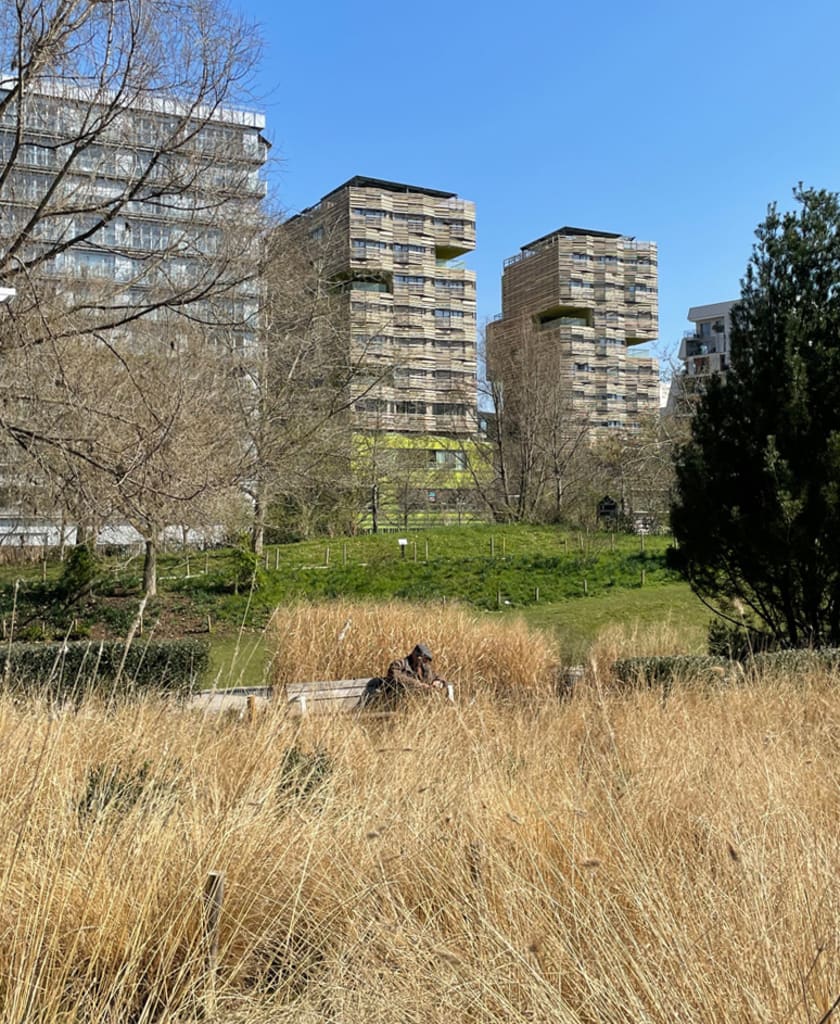
In a new book, Building for People, architect Michael Eliason introduces Americans to the principles behind this new urban development paradigm. He acknowledges the inadequacy of the term, “ecodistricts,” just like “transit-oriented development” before it, and the difficulty of communicating what these neighborhoods are really like to an American audience.
“Much about modern urban development, and especially district-scale development, in other countries is a complete unknown to even practicing professionals on this side of the Atlantic,” Eliason writes in the book. “We have long lacked the syntax to even talk about many of these concepts.”
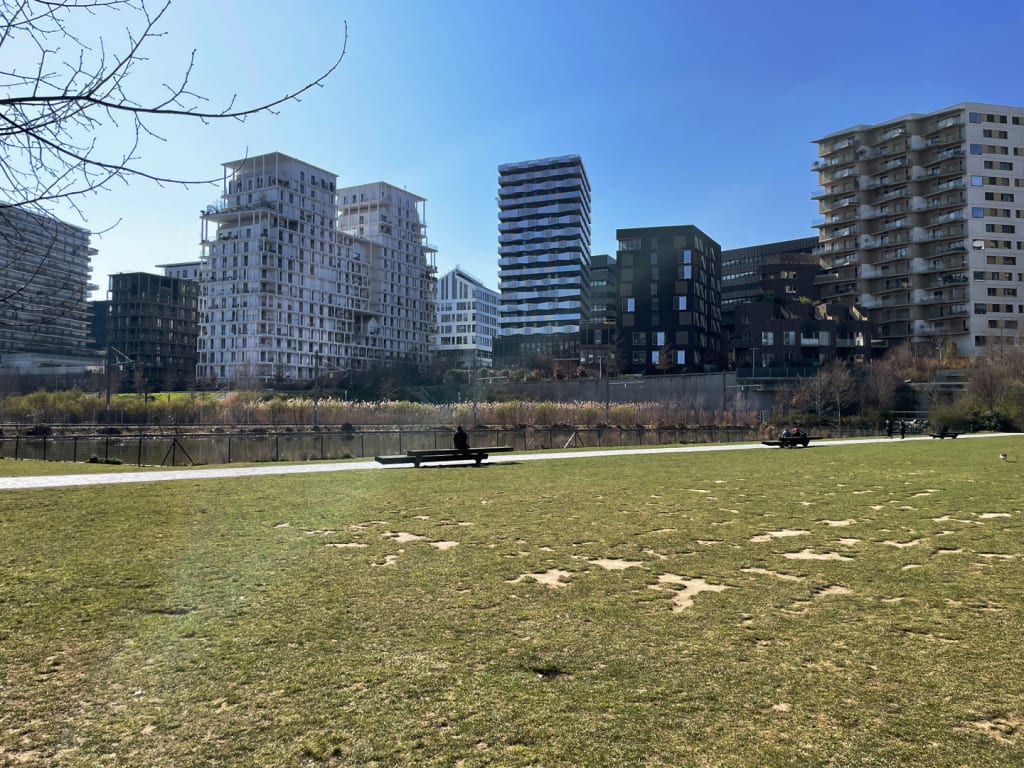
What is an ecodistrict, really?
Eliason’s attempt to spread the word about this new vision for city-building is a logical next step from his advocacy of single-stair architecture, another hard-to-explain concept that has profound implications for the built environment.
For years, Eliason has been telling anyone who will listen that single-stair buildings, rather than the dual-stairwell structures mandated by U.S. building codes, could make apartments cheaper, roomier, and homier. Now, the consciousness raising part of that mission has largely been accomplished. Eliason and a few other devoted advocates have convinced dozens of cities and states across the country to adopt new building codes that legalize this type of housing, most recently Los Angeles and Austin. Among a certain subset of policy nerds, “single-stair architecture” has become a household term.
With his new book, Eliason is widening the aperture of his advocacy to encompass not only buildings, but neighborhoods. Ecodistricts like Clichy-Batignolles embody the urban design concepts that single-stair architecture makes possible, particularly when combined with car-free streets, generous green space, and economically diverse communities.
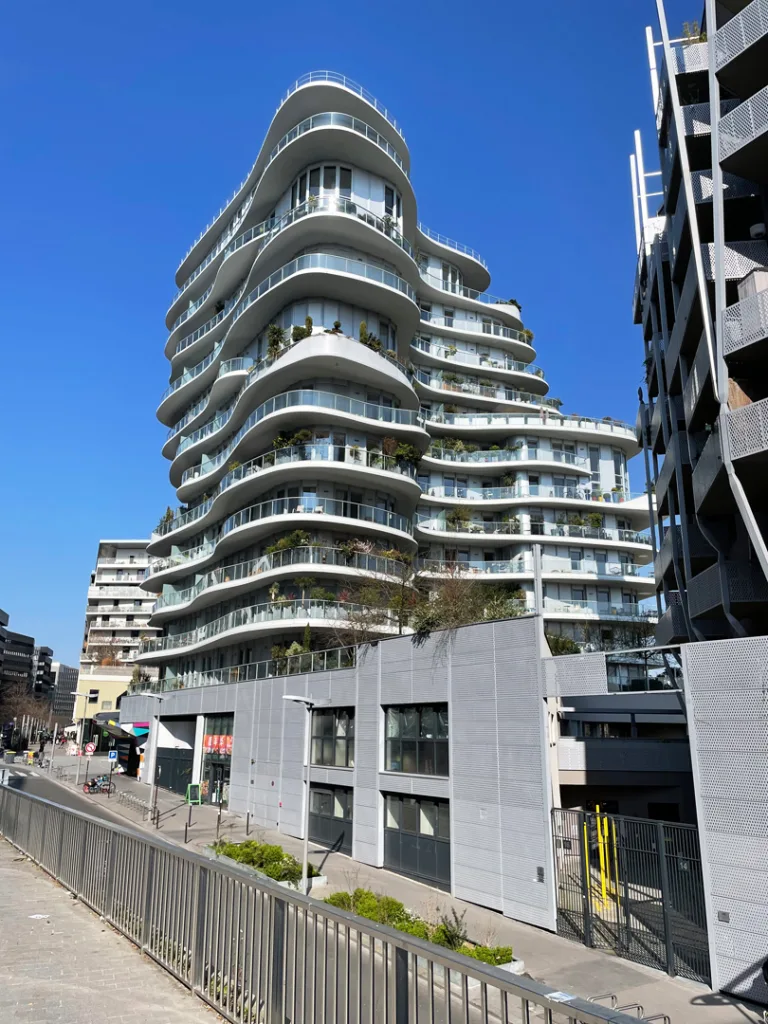
“I’ve always been fascinated by these larger scale developments that they’re building in China or Europe, and how they’re vastly different from the transit-oriented development we do in the U.S.,” Eliason tells Fast Company. “I’m trying to unlock some of the reasons why.”
One way to understand an ecodistrict is as a 15-minute city built from the ground up, according to Carlos Moreno, an urban planner in Paris who helped theorize both concepts. Whereas 15-minute cities can describe traditional or modern neighborhoods, “when we evoke this notion of the ecodistrict, we’re talking about new urban developments,” he says. “At the same time, the ecodistrict, with these three elements—neighborhood, sustainability, and ‘mixity’—is perfectly aligned with the 15-minute city.”
Still, these abstract terms can only convey so much information. For Americans, perhaps it’s easiest to begin with what these neighborhoods are not.
Bulky dual-stair apartment buildings, the classic “five-over-ones” favored by American building codes and derided by Eliason, typically have a wide footprint on the land. Buildings that can take up an entire city block ensure there’s little architectural variation in the cityscape. They tend to translate to minimal diversity in households or tenure, since the building design lends itself to one-bedroom rentals. With such wide structures, there’s probably little room on the property for green space; often, the only outdoor space is built atop the concrete parking podium.
“‘TOD’”—short for ‘transit-oriented development’—“in the U.S. is still incredibly auto centric,” Eliason says. Not only is there often far too much parking in these buildings, but they’re also situated on heavily trafficked arterial boulevards that make walking unpleasant and unsafe. “We are pretty good at connecting development to transit,” Eliason says, “but I think in a lot of instances we’re not really thinking beyond that.”
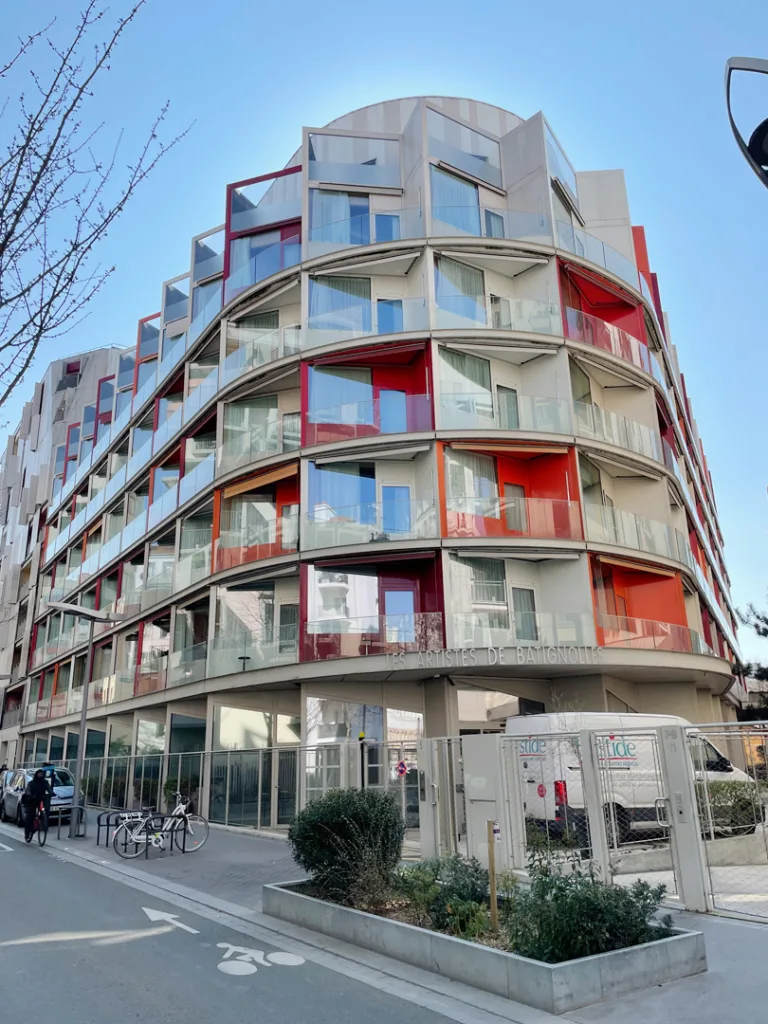
Beyond Transit-Oriented Development
It wasn’t until I had the chance to visit Clichy-Batignolles in person that the implications of this urban development paradigm really clicked for me. On a purely qualitative level, the neighborhood feels different from any place I’ve been in the U.S., particularly any newly built neighborhood.
The car-free and low-traffic streets make it easy and safe for anyone to walk to the park, the metro station, the shops, and office buildings, or the schools and daycares dotting the neighborhood. Though all of the buildings were constructed recently, their architectural variety, and their relatively narrow footprints make for a visually stimulating cityscape.
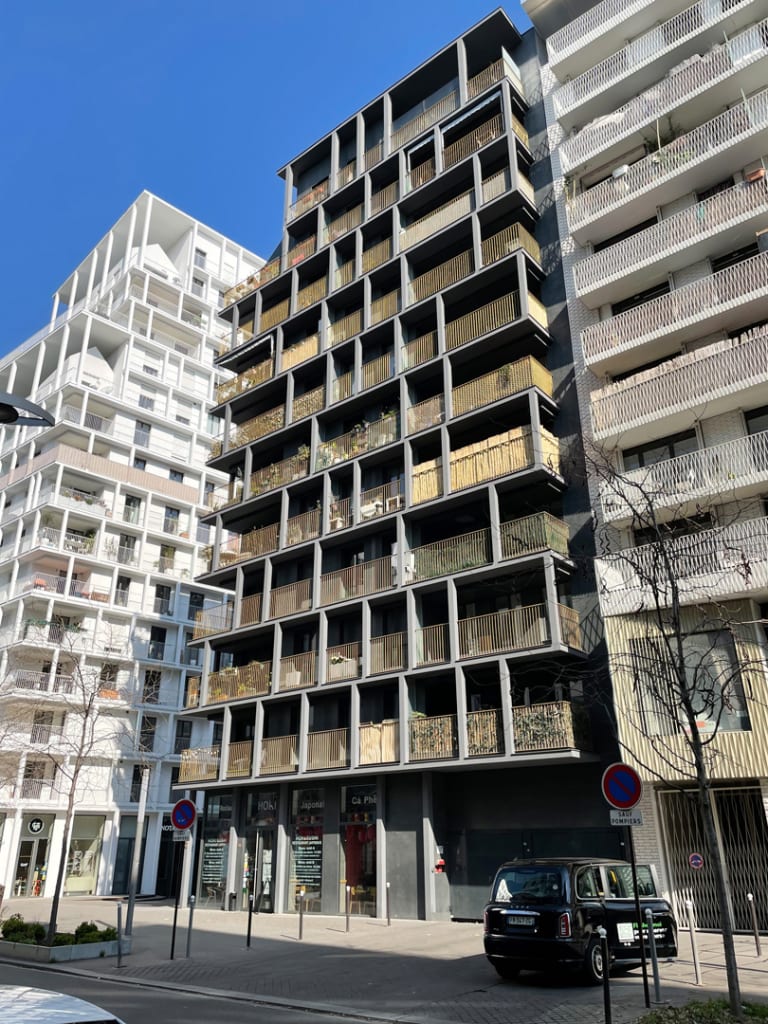
There were other unusual design features, to my American eyes. I noticed that balconies on these single-stair apartment buildings are ubiquitous. Instead of being bracketed onto the facade, as they often appear to be on American apartment buildings, these private outdoor spaces are embedded in the building envelope as a conscious element of the overall design.
Part of what makes Clichy-Batignolles so architecturally invigorating is that it sits among traditional Haussmannian neighborhoods in the center of Paris, and the historic faubourgian suburban neighborhoods that ring the city, Moreno explains. “This is the signature of the ecodistrict,” he adds, “a modern architecture of sustainability.”
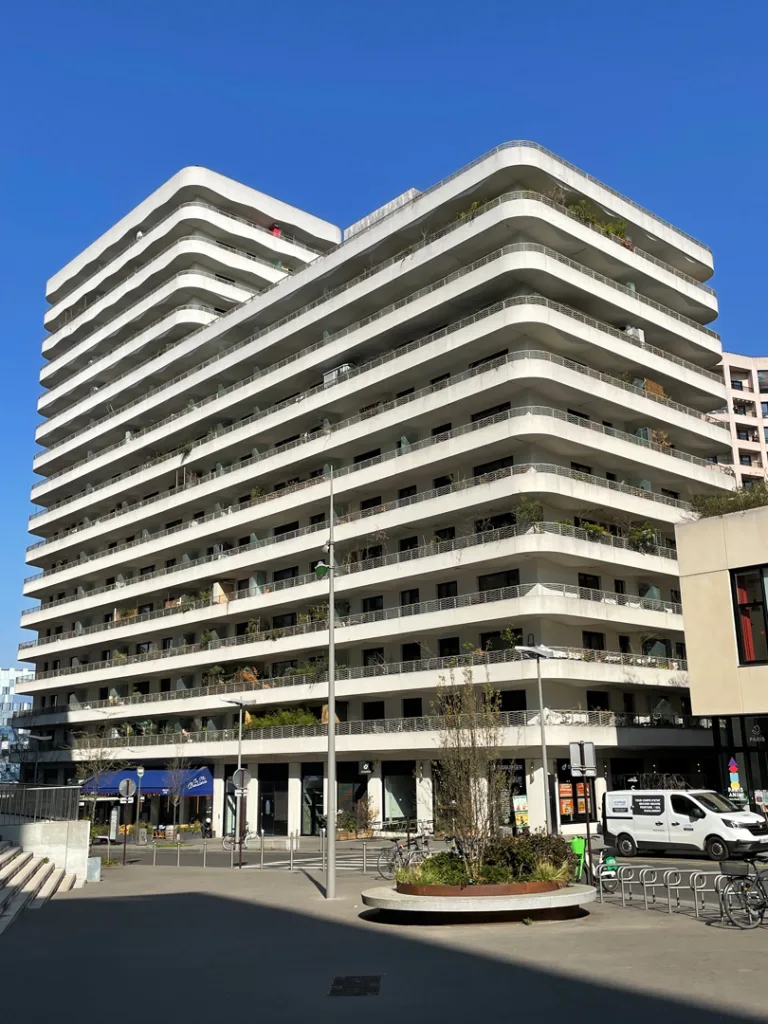
The American challenge
Call it an ecodistrict, a 15-minute city, or an urbanist fever dream. Whatever it is, Americans are missing out.
Eliason’s book describes similar such places in Germany, Austria, and Sweden, along with a few under construction ecodistricts in Canada. A couple of developments in the States are beginning to approach this ideal. Eliason highlights Culdesac, the car-free community in Tempe, Arizona, for showing that pedestrianized interior streets can work in the U.S. The recently completed Mission Rock development in San Francisco employs car-free streets at a larger scale, and does a better job integrating eye-catching architecture, park space, and a diverse mixture of land uses and residents.
But these examples are precious few, and they pale in comparison to Clichy-Batignolles. “We have this idea around urbanism in the U.S. that cars have to go everywhere,” Eliason says. Freed from that notion, the amount of open and public space there is to work with increases dramatically.
Another thing the U.S. struggles with in new development is the “mixity” that Moreno views as essential to both ecodistricts and 15-minute cities: the mixed-income housing, the schools, the eldercare, the public spaces. “The danger with ecodistricts is that they only respect the first two points, the neighborhood and sustainability, without the social mixity,” Moreno says. “Otherwise, this is the ecodistrict in a gentrified way.”
Eliason laments how in the U.S., the notion of the 15-minute city is generally understood in terms of being walking distance to stores and coffee shops. As with TOD, we’ve managed to absorb this urban planning best practice in only the most superficial sense. “We’re so entrenched in the consumer aspect of 15-minute cities that we can’t even talk about those other things,” he says.
It’s high time to start that conversation. As cities and states launch social housing initiatives, and the federal government considers increasing development on public lands, it’s all the more important for Americans to be aware of what world-class urban development can look like. Our newest neighborhoods don’t have to be super-sized versions of the ones built in the 1950s.
The ecodistrict and the 15-minute city can offer a new framework for city-building, an antidote to mindless sprawl. Or, these urban design principles can remain a foreign delicacy, a way of living to appreciate on vacation, but never here at home.




![7 Days, 7 Posts: A Simple Strategy to Grow on LinkedIn [Infographic]](https://imgproxy.divecdn.com/7epzwm9-fB6KXqQAejiRwM9a7W7L7TDsZIpMgqiNbSc/g:ce/rs:fit:770:435/Z3M6Ly9kaXZlc2l0ZS1zdG9yYWdlL2RpdmVpbWFnZS9zdGFydF9wb3N0aW5nX2xpbmtlZGluMi5wbmc=.webp)









![31 Top Social Media Platforms in 2025 [+ Marketing Tips]](https://static.semrush.com/blog/uploads/media/0b/40/0b40fe7015c46ea017490203e239364a/most-popular-social-media-platforms.svg)



















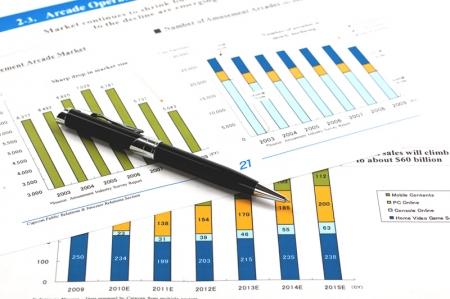



















































































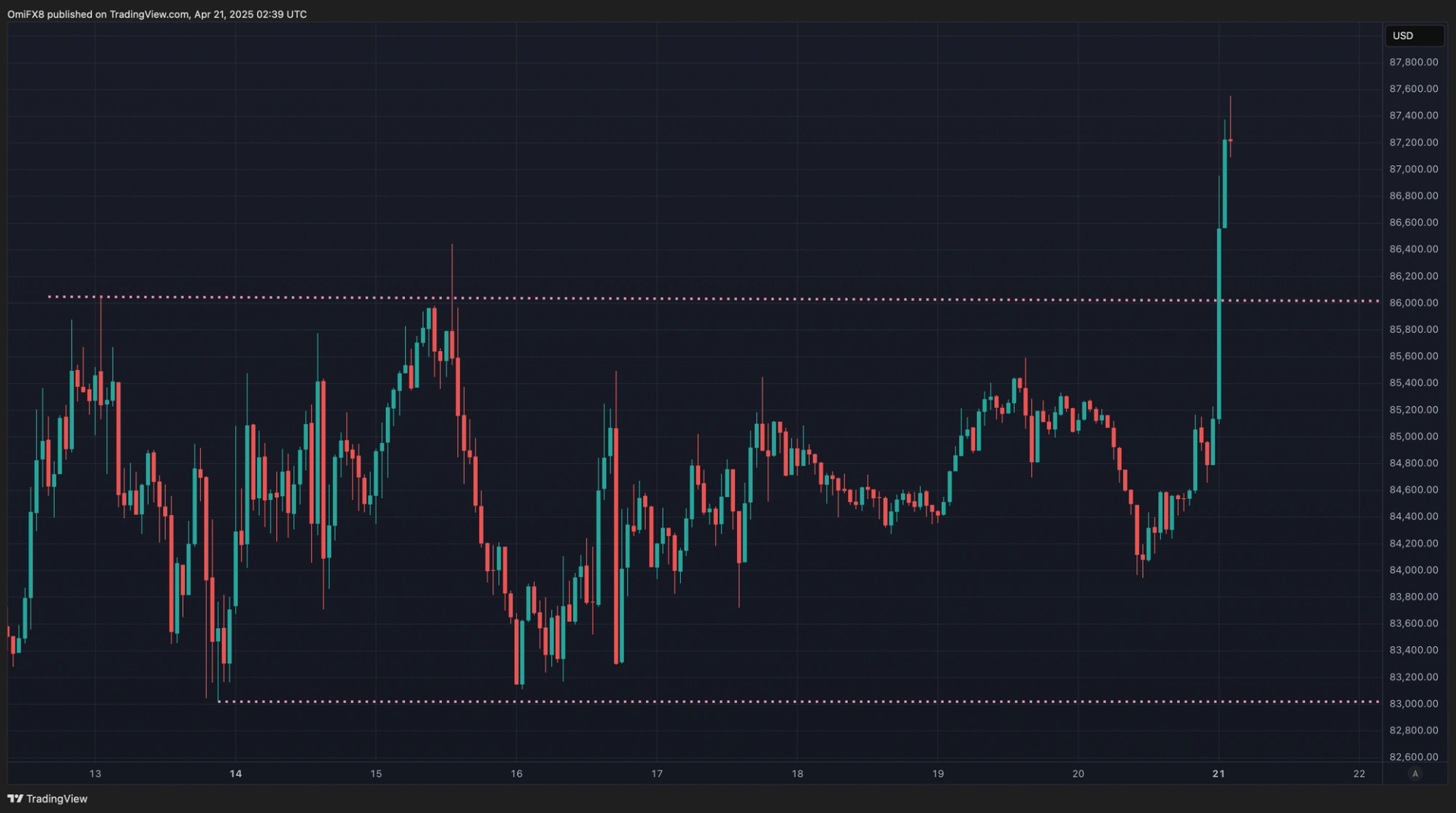







































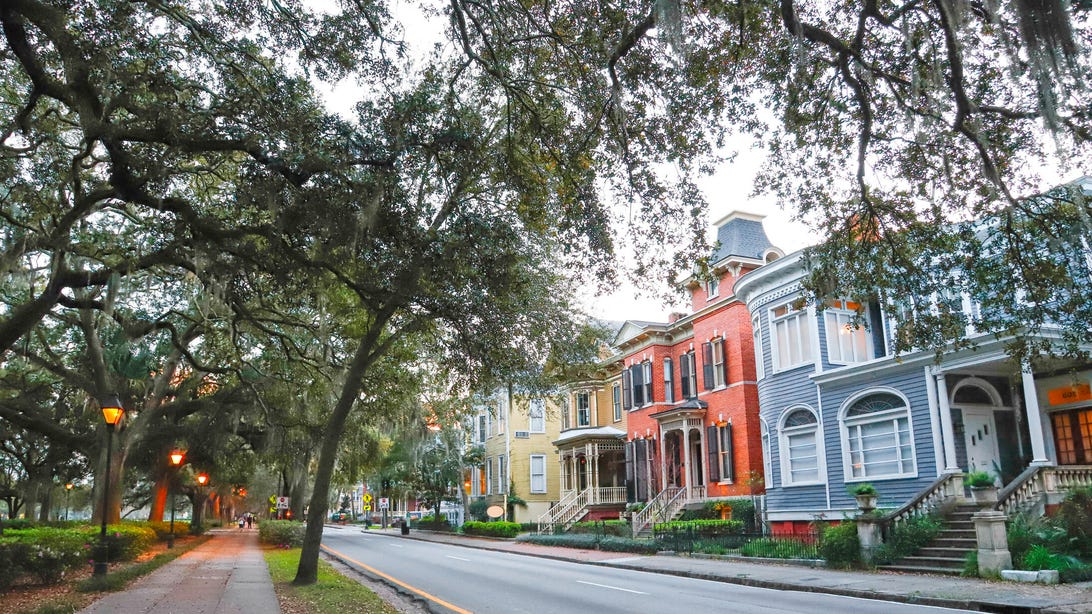



































![How to Find Low-Competition Keywords with Semrush [Super Easy]](https://static.semrush.com/blog/uploads/media/73/62/7362f16fb9e460b6d58ccc09b4a048b6/how-to-find-low-competition-keywords-sm.png)
